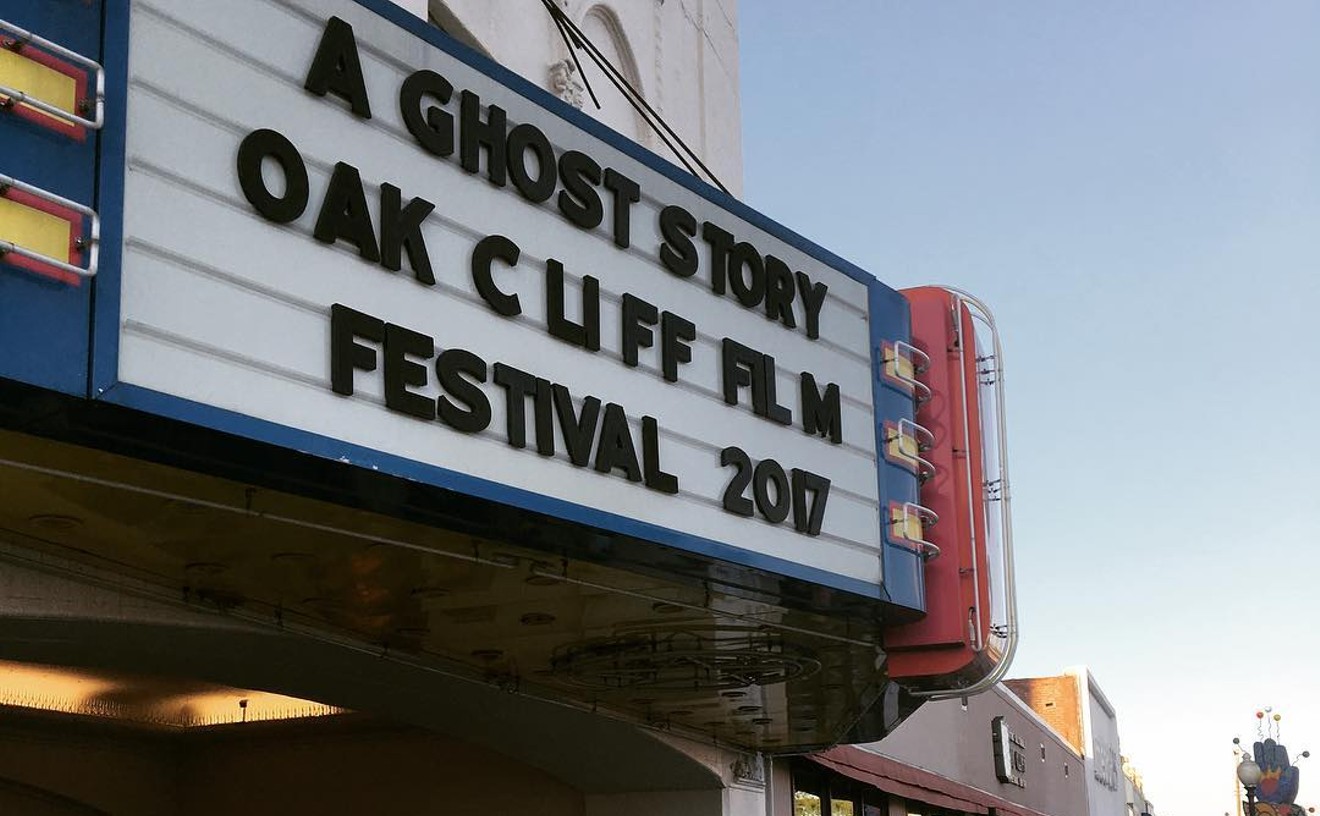Moreover, Pillsbury and Peters' show features Kossoff engaged in a shockingly traditional project. As suggested by the title, Leon Kossoff: Drawn to Painting, Poussin, Rubens and Other Subjects, the show consists mostly of Kossoff's copies from old masters. We're talking drawings, rendered in charcoal, watercolor and drypoint etching. Not from photographs, but from life, and from the artist parking his derriere in museums. And we're not talking just any old masters, but Poussin, that 17th-century French baroque painter of classical myth, and Rubens, court painter to the Stuarts. The show is leavened with similarly old-fashioned selections from Kossoff's oeuvre, painted nudes and urban scenes of London.
But if Kossoff's timeliness seems odd, his oddness is also timely, because of late there has been a lively debate over the relevance of drawing to contemporary art. Writing in The New Republic a few weeks back, Jed Perl summarized the arguments: "The question, in its most basic form, has been whether drawing...is really an essential part of an artist's vocation any longer." We aren't just talking Duchamp-Beuys-Koons here--urinals and dead animals and plastic-bead curtains and endlessly looped videos as art. Some of the grand old men of contemporary painting (Frank Stella springs to mind) cheerfully acknowledge they can't draw their way out of a sack.
Kossoff's show presents the other side. It is one of the best arguments for the relevance of history and of craft to be seen anywhere, proving many points debated--too often, clumsily--by conservatives such as Perl. Of the 31 drawings and paintings included in the show, 24 are Kossoff's interpretations of old masters. Executed in series and displayed alongside color postcards of the original work, we can follow the artist's thought process as he honors his ancestors by deconstructing and distorting their masterpieces. In the process, Kossoff crystalizes many abstract debates concerning the nature and necessity of traditional craft.
Take, for example, the series of drawings in which Kossoff reinterprets Poussin's "The Judgment of Solomon." Although the first version is not present in this show, in the second and third we see Kossoff move increasingly toward abstraction, along the way testing theories about the relative import of movement, of light and contrasts, of matter and anti-matter. In "'The Judgment of Solomon' after Poussin, No. 2," Kossoff has reduced forms to outline, even to marks suggestive of outline. Forms are still distinguishable from ground, however, and from contrasts of color and light, though all are indicated by a grammar of smudges and marks. In his next effort, "'The Judgment of Solomon' after Poussin, No. 3," Kossoff moves even more toward abstraction. Figures are increasingly indistinct from ground, both of which are suggested by the barest of scribbles. The artist's marks can indicate an arm, or a torso, or an arm. In other places, presence of matter is indicated indirectly, by a series of strokes suggesting atmospheric phenomena--Brownian movement or ambience or aura or energy. The exercise recalls Mondrian's reduction of landscapes to horizontal and vertical dashes but is executed in a language very much Kossoff's own.
This is, presumably, an illustration of what Perl means when he writes that "the power of the drawn mark" is "in many essential aspects consonant with the experience of the modern artist" and that the artist's mark "has always been regarded not only as representational but as expressive and conceptual." As we see Kossoff's line move between the barest outline of Poussin's forms and the suggestion of those forms by their absence, or by the mere presence of shadow or color or energy, we can see the artist's line as simultaneously "depiction and conceptualization," as both "expression and representation."
Similarly, in a series of drawings after Rubens' "The Brazen Serpent," we see Kossoff meditating on the expressive power of color, shadow and light. His first effort, "'The Brazen Serpent' after Rubens, No. 1," is a series of spare, sensuous charcoal marks executed against a background of white and light gray washes, punctuated by wavering brushstrokes of burnt sienna. Here and there Kossoff varies from the original, changing the angle of a face, an arm, a torso, in a composition that is a virtual essay on movement, contrast and color. In "'The Brazen Serpent' after Rubens, No. 2," Kossoff's marks are at once more chaotic and more reduced. Figures recede into a background of smoky smudges, as Kossoff plays up other elements: movement, the interplay of shadow and light, the way these elements frame the action. As always, Kossoff is picking out certain motifs in the original, playing them up or down, carrying them out to their logical or illogical conclusions.
The show also features a handful of paintings, small examples of Kossoff's explorations of the nude that are heavily indebted to Matisse, as well as to Giacometti, yet in the end are utterly his own. There are also charcoal studies of friends and of London landmarks like "Christ Church No. 3, 1987," a velvety, brooding effort in which the upright elements bulge and buckle under the weight of observation. In these, as in the Poussin and Rubens studies, Kossoff looks to the past as the source of real artistic discovery, and the result is a show that is a welcome respite from the sophomoric statements, language-based puns and banal observations that crowd contemporary galleries.
Predicting posterity's read on the art of our time is an area in which angels fear to tread. But it has long seemed to me that Kossoff and his fellow London school painters are one of the better bets to be remembered a hundred years hence. At worst, Kossoff presents a persuasive rebuttal to the notion that art history is dead, continuing a noble figurative tradition with echoes in Texas' own. Either way, it is a show not to be missed.










